
Preços apresentados são para exportação e não contemplam impostos e frete. Para aquisição no mercado nacional, impostos e frete serão acrescidos e apresentados no checkout antes da conclusão da compra.
Showing 1–16 of 59 results
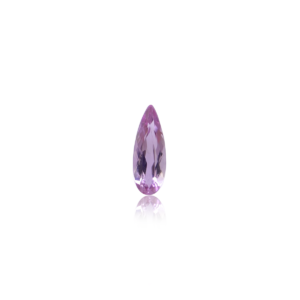
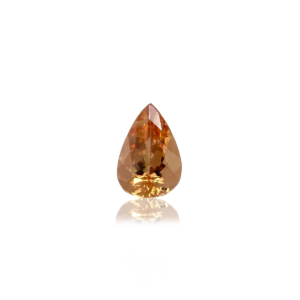
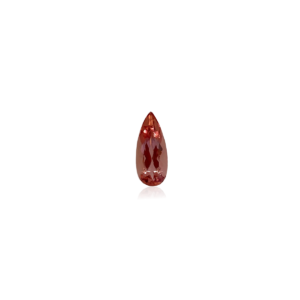
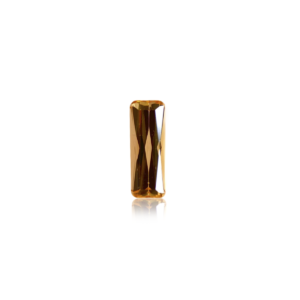
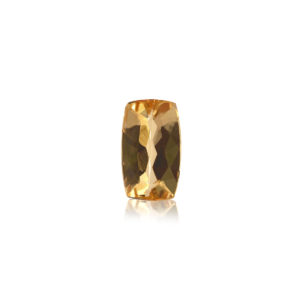
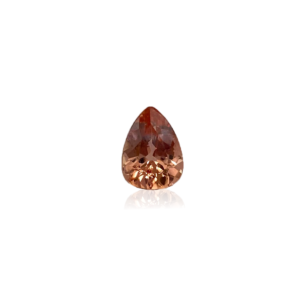
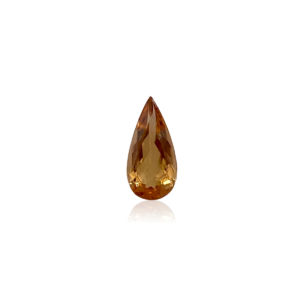
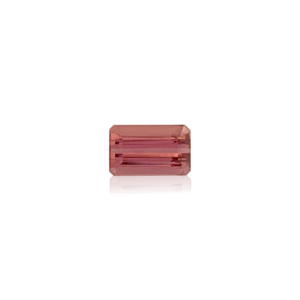
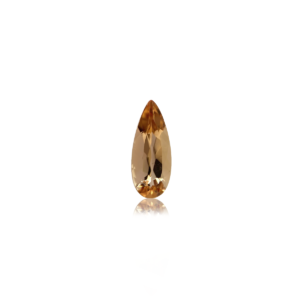
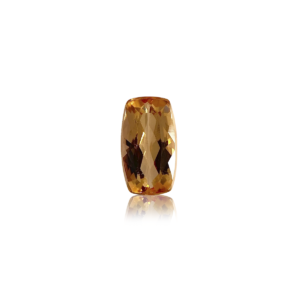
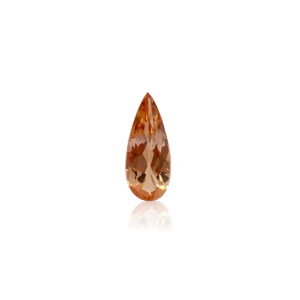
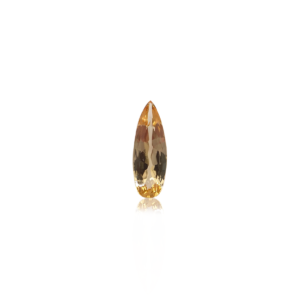
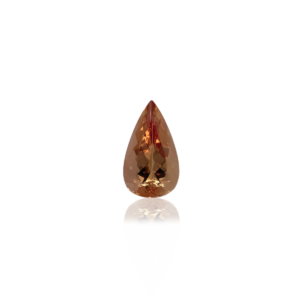
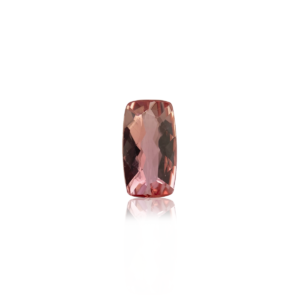

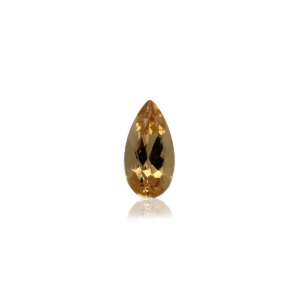
Name Origin: Known as “precious topaz”, it is the most sought-after natural topaz. Considered the color of the setting sun. The name Topaz comes from the island Zebargad in the Red Sea (the ancient Topazos), an ancient source of Peridot. Topaz has been known since Ancient Egypt and Rome. The name “Imperial” was given in honor of Emperor Dom Pedro of Brazil. Imperial Topaz is much less common than other types of natural topaz, which makes it much more valuable. Imperial Topaz was traditionally considered orange with red dichroism (it means that when tilted to light, Imperial Topaz can look red or orange), but today it is more broadly defined as yellow, gold, pink, red, pink lavender, and peach.
Main Colors: Imperial Topaz can be yellow, gold, peach, cherry, red with overshades of violet and pink. The pure natural pink variety is very rare.
Producing Countries: Commercially extracted Imperial Topaz comes from Ouro Preto, notably in the districts of Rodrigo Silva and Saramenha, in Minas Gerais, Brazil. There are also deposits in the Urals of Russia. In Pakistan, very light yellow and pink topaz are found, which do not get the “Imperial” designation. Therefore, Brazil is considered the only world producer of this very rare gem.
Common Shapes: The most used are oval, drop, and antique. Because it has perfect basal cleavage, care is needed during the various stages of cutting. As this is an extremely rare gem, most of it is less than 6cts. Another curiosity, due to a large number of fractures in the rough stone and its elongated crystal habbit, it is common for stones to be thinner and more elongated than usual compared to other gemstones.
Usual Treatment: Imperial Topaz is rarely treated. However, the orange-brown or peach material can be heat-treated, producing a pinkish-purple or pure pink color, depending on the temperature. Irradiation treatment is not stable and therefore not commercially available.
| Species: | Variety of the topaz species |
|---|---|
| Hardness of Mohs: | 8 / 8,5 |
| Specific Density: | 3.53 (±0.04) |
| Cleavage: | Perfect basal |
| Fracture: | Uneven, conical |
| Crystal System: | (Orthorhombic) prisms with their multifaceted endings; often show 8 sides in cross-section; striations along the length. |
| Chemical Composition: | Al₂(SiO₄) (F₄OH)₂ Fluorinated Aluminum Silicate |
| Transparency: | Transparent |
| Refractive Index: | 1,619-1,627 |
| Birefringence: | 0,008 |
| Dispersion: | 0,014 |
| Pleochroism: | Lemon yellow, golden, pink, dark red. |
| Luster: | Vitreous |
| Fluorescence: | Pink: weak; brunette. red: weak; brownish-yellow. yellow: weak; yellow-orange. |
Belo Horizonte – MG


